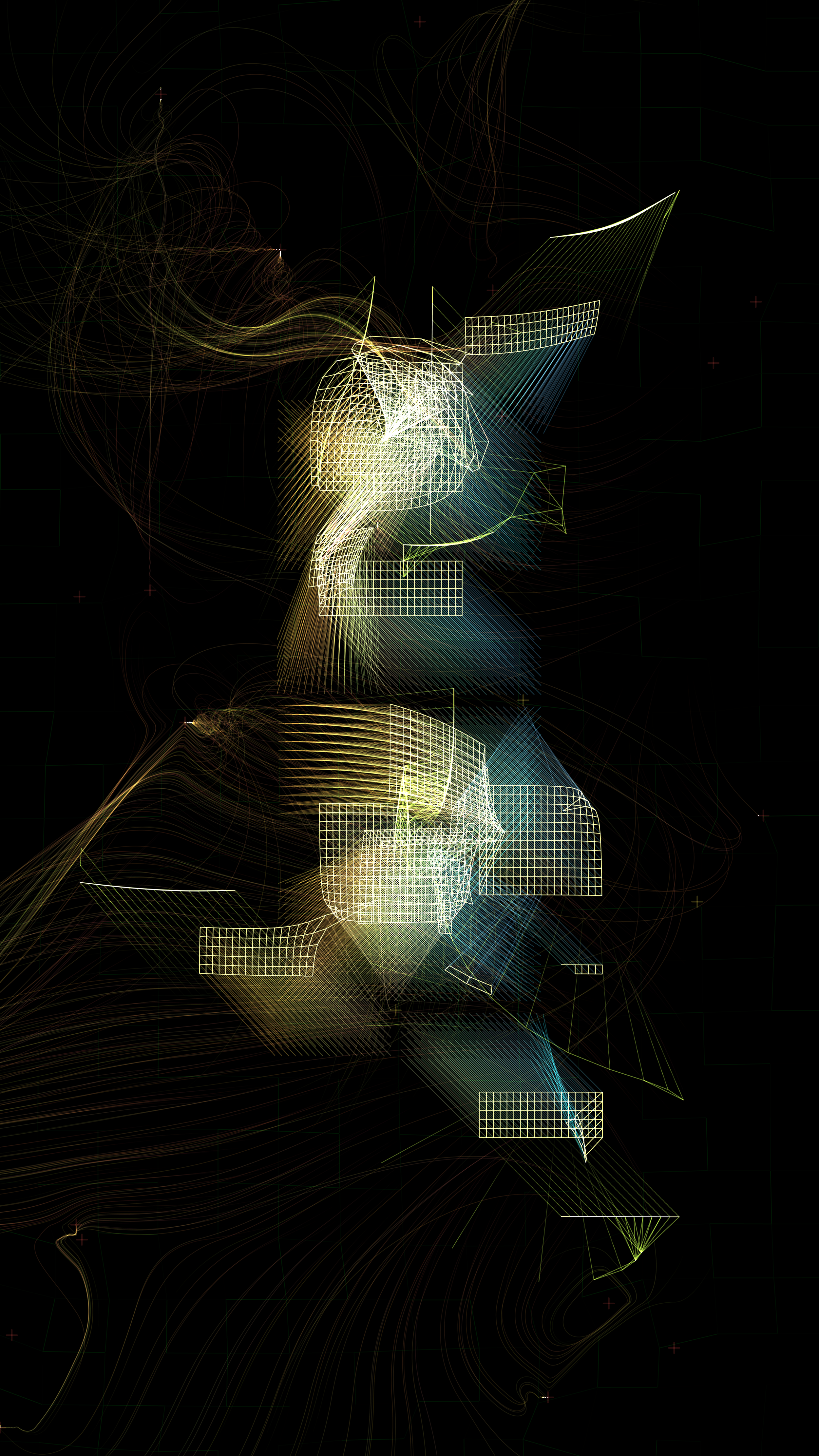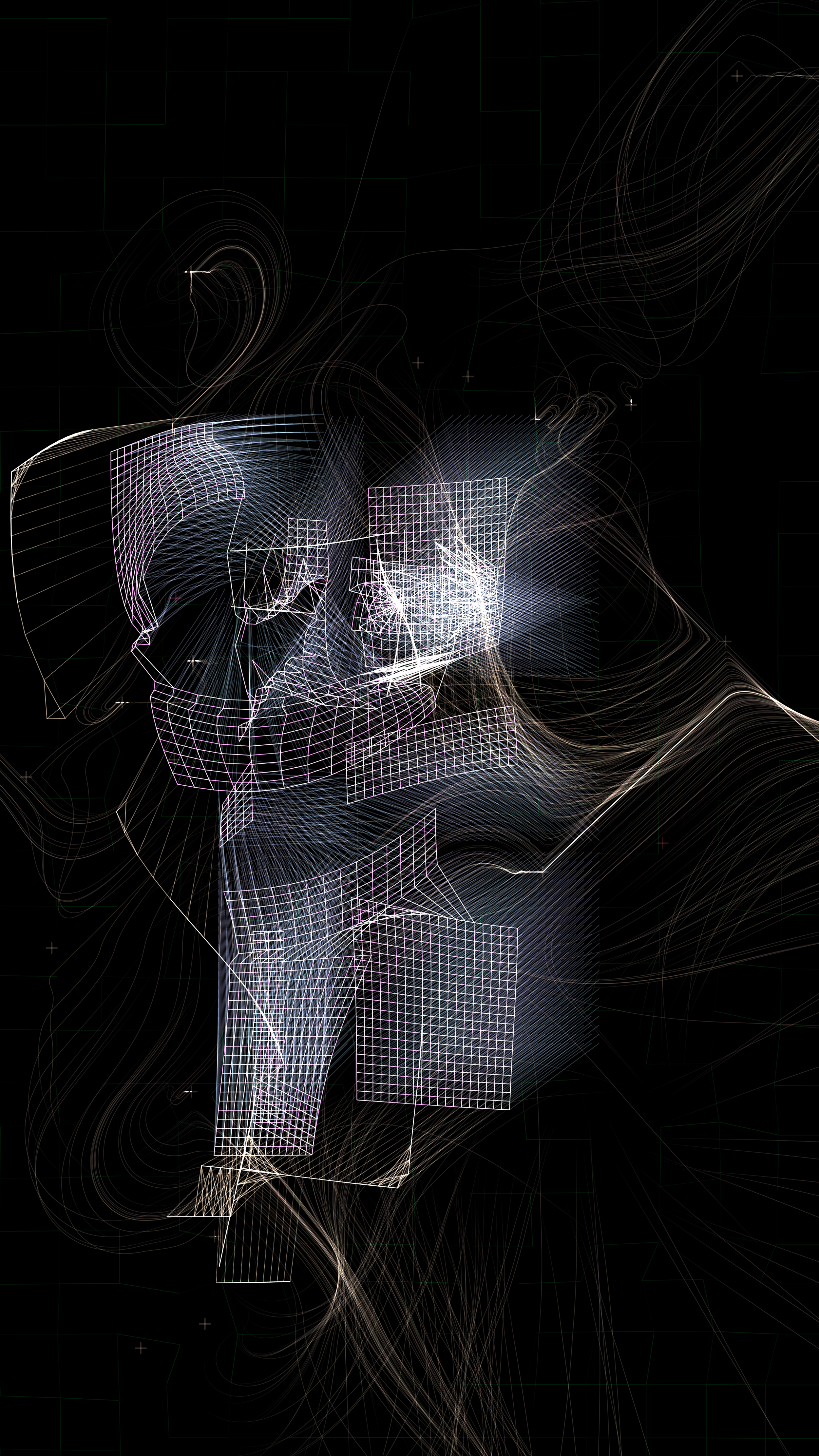GUIDO CORALLO: VÉRTIGO LAS LUCES
Part of a series of articles & interviews released digitally that were first published in the print edition of the Bright Moments Quarterly that was distributed at Bright Moments Buenos Aires in Buenos Aires, Argentina in November, 2023.
Bright Moments: Thank you for taking the time to do this interview, Guido! I know you have a background in biology. Could you tell us a little about that?
Guido Corallo: Well no, the background is that I studied biology long before I started making images. I had planned another life for myself, which was to become a scientist, biologist, or something like that. At some point, I realized that life in a laboratory or the life of a biologist was by no means for me. After some time of doing a kind of random walk between jobs and activities, I started making images. I went on to making interactive applications commercially, and then I started making images almost exclusively.
My visual education is not an artistic education because it is an education made up of scientific images, video clips, and movies. It's not that I didn’t look at or appreciate artworks, but in my scientific education, I was exposed to many images from zoology, botany, histology textbooks, etc.
Is there anything from your education in biology that you bring into your work now?
It was my visual education. For me, there is a good scientific image, and there is a good way to present or show that information or that element of nature.
When I choose images from the many outputs of generative algorithms, I end up picking things that sometimes resemble more biological or natural systems than a painting. I think more visual artists have the advantage of being able to compose images much better than pure mathematician artists.
I've done things with biological motifs like flowers or animals very few times. But it's not that I use that strictly. I think I use the architectural theme much more than the biological theme. But everything ends up looking somewhat biological at the end of the day.
Where did you draw inspiration for your collection with Bright Moments?
The theme I ended up choosing as a point of inspiration is the city of Buenos Aires, which is strange for me because I have lived here all my life. So it was like an exercise in looking at the city because I had never done it, it's my environment.
So the theme is that, particularly the lights and a certain distortion when you're driving and the architecture distorts in a long exposure exercise. That’s the particular point of view of this work: the city is seen from a car in long exposure,which is also a type of photo I take sometimes.
Besides photography and your explorations in the field of generative art, are there other creative mediums you explore? Do you consider yourself a multimedia artist?
I think programming is the medium I've dedicated enough time to consider myself an artist in the field. Besides that, I draw, and take photos, and I did some work with sculptures, but these are more of a visual exploration, and are things that support and inspire what I end up programming.
What do you feel other artists who are interested in, or support digital art in any format, could find in an event like the one Bright Moments is bringing together in Buenos Aires?
When I started about 15 years ago, I googled "Buenos Aires Processing" or "Processing Argentina" or something like that, and within a year, I was working with all the people I found, like Leo Solaas, Lolo... very quickly. It was a tiny scene, and now it's much bigger. I'm constantly discovering artists I didn't know from Buenos Aires, I look at their Instagram, and I see they've been producing for three or more years.
I think in the past we have hosted other digital/generative art exhibitions, and there was no audience for that. But now that the scene is so much bigger, especially with all the artists doing live coding, which is like another huge group of people, I think creating an event of this magnitude in digital art will have an impact on the scene. For me, this is the missing step for a further integration of those sub-scenes, because suddenly it grew big enough for us to distance ourselves a bit.
There's no precedent or almost no precedent for generative artists coming from outside Argentina, so I love being in a network or on a list of artists that I respect. A list like this doesn't exist outside of Bright Moments because big institutions here aren't interested in that.
So we have a lot of festivals that last a year, two years, three at most, and everything is diluted because tackling everything administratively and bureaucratically is very difficult. This event is such a unique opportunity to say something like "We have an artist coming from Venezuela, someone from Colombia, and also the United States..." and not to mention bringing in an artist like Pato (Patricio González). I think that's the last thing an institution here would do.
What would you like people to take away from your work for Bright Moments?
I'm working a lot on composition. Maybe it’s because I didn't have an education in that field, as I said before. If you look at the code from a distance, it looks exactly the same as it did two weeks ago, but I'm working a lot on the details of the number of elements, their position, and how they interact with each other.
The truth is that what I would expect from someone who sees the work is that they look at it effortlessly and without any expectation. I would like the work not to require any conceptual or contemporary reading about it, and for it to simply be an aesthetic experience… I would like them to take away the aesthetic experience.




